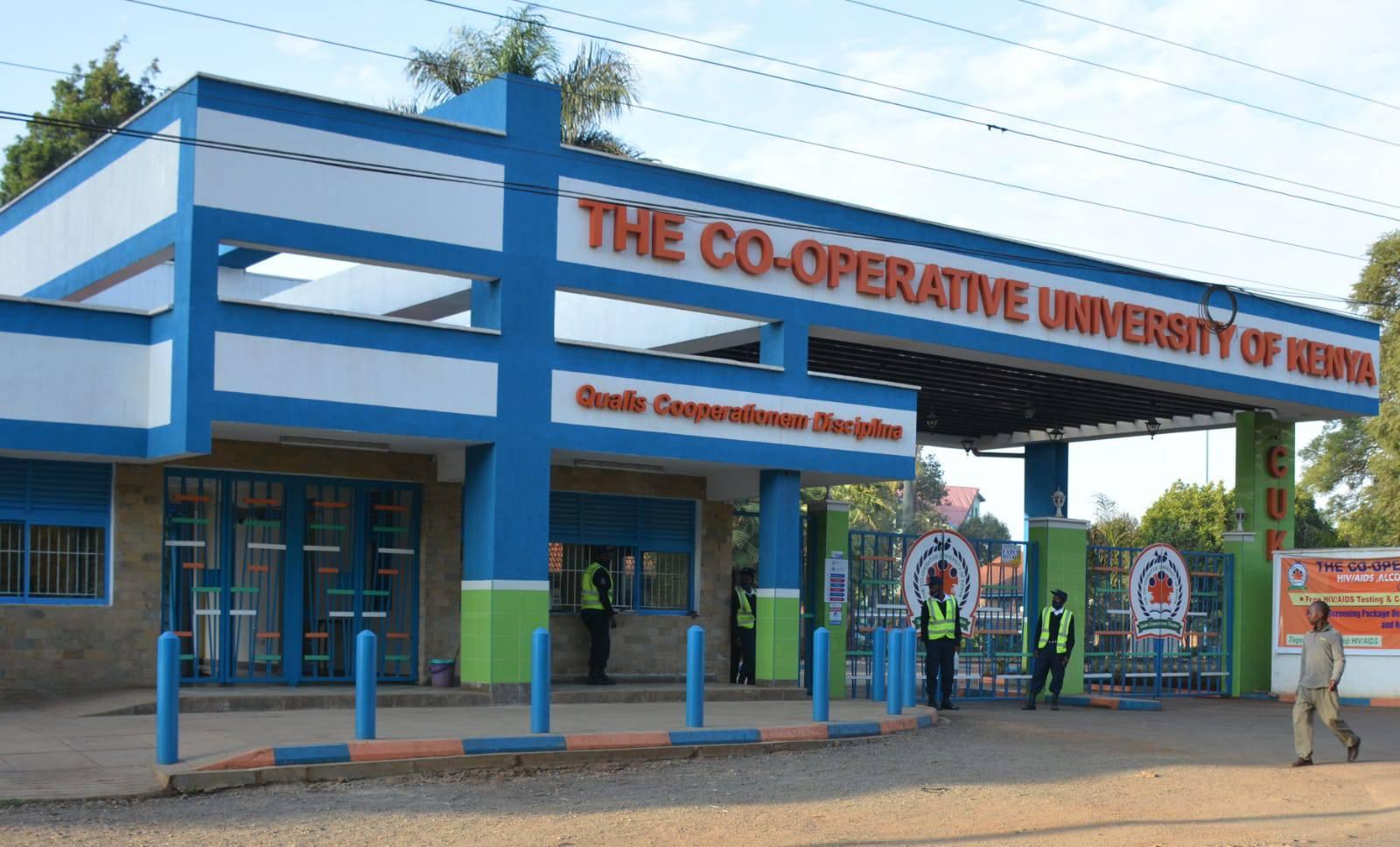By Roy Hezron
Co-operative professionals and practitioners, through the Kenya Society of Professional Cooperators (KSPC), have asked the Co-operative University of Kenya (CUK) to re-introduce the traditional cooperative courses it used to offer before it was upgraded to a full-fledged public university.
The professionals and practitioners noted that traditional cooperative courses, such as Certificate in Cooperative Administration (CCA), were very effective especially for those with little or no background knowledge in cooperatives.
They further observed that there is a decline in the quality of cooperative education in the country and a decline in the number of students graduating from universities and colleges after receiving training on cooperative education.
The Society’s acting Chief Executive Officer Symon Mburia said the courses they want re-introduced were important especially for in-service training.
CUK traces its roots back to 1908 when the Co-operative Training Institution was established after the first co-operative in Kenya was founded by the Colonial Government.
In 1952, the School of Cooperation was started at the then Jeans School, now Kenya School of Government to accommodate the Africans who were sidelined by the British from the mainstream economy.
The Cooperation saw the three East African countries ( Kenya, Uganda and Tanzania (then Tanganyika) establish the school to ensure the uniqueness of the Co-operative business model was preserved.
The Co-operative College of Kenya was born in 1967 with 40 students at Allen Road, present Daystar University Campus next to Kenyatta National Hospital. It later gave way for the construction of the present Co-operative College located at Ushirika Road, Karen. Between 1974 – 1982 the college was able to host three diploma courses.
The College launched its first degree programme, Bachelor of Co-operative Business, in 2005 in collaboration with Jomo Kenyatta University of Agriculture and Technology (JKUAT) and on October 7, 2016 the University College was awarded the Charter by the then President Uhuru Kenyatta to became CUK.
The practitioners in their recent forum meeting held in early March also suggested that a Co-operative Members Referencing platform be established, following the opening of common bonds.
Common bond or the bond association is the social connection among members of a credit financial institution. This is where a Sacco recruits members outside its jurisdiction, for instance a teachers’ Sacco opening its doors to members outside teaching profession.
In Kenya, the Co-Operative Act was amended in 1997 to allow other types of common bond in additional to the original bond.
This led to the development of community-based Saccos in rural areas, which mostly had agriculture based Saccos. In both rural and urban areas, Saccos were started were formed for sectors such as artisans, textile, and transportation.
Recruiting members from outside their catchment area, especially the business community, formed part of the strategic plan by a number of societies to primarily drive the much needed growth.
This has seen many societies double or triple their membership and report growth across key market segments. However, as a result of the move, the number of loan defaulters has risen high, a situation that has forced the government to chip in to save the sector.
On the issue of youth participation in Co-operatives, the participants noted that it can be solved by inviting children of existing members for pre- cooperative training.
For instance, according to the Sacco Subsector Demographics Study Report of 2019 released by Sacco Society Regulatory Authority (SASRA), most members (58.88 per cent) between 18 years to 24 years of age are actually members of farmers’-based DT-SACCOs.
The study, which carried out an in-depth study on age and gender composition of the members of deposit-taking SACCOs, revealed that the population of members within the same age bracket was much lower among the teachers’ based, government based and private sector based DT-SACCOs which recorded a proportion of 12.84 per cent, 11.27 per cent and 7.27 per cent respectively.
These three clusters draw their membership from employees in the public or private sectors, which is normally lowest among those under 24 years.
On risk mitigation in governance, the practitioners observed that members of the board and senior management are continuously risking business continuity of their organisations through their conduct.
“Issues of business continuity should be considered especially through the daily conduct of the board and senior management. For example, what are risks inherent when the board gravel together in one vehicle?” poised Mburia.



